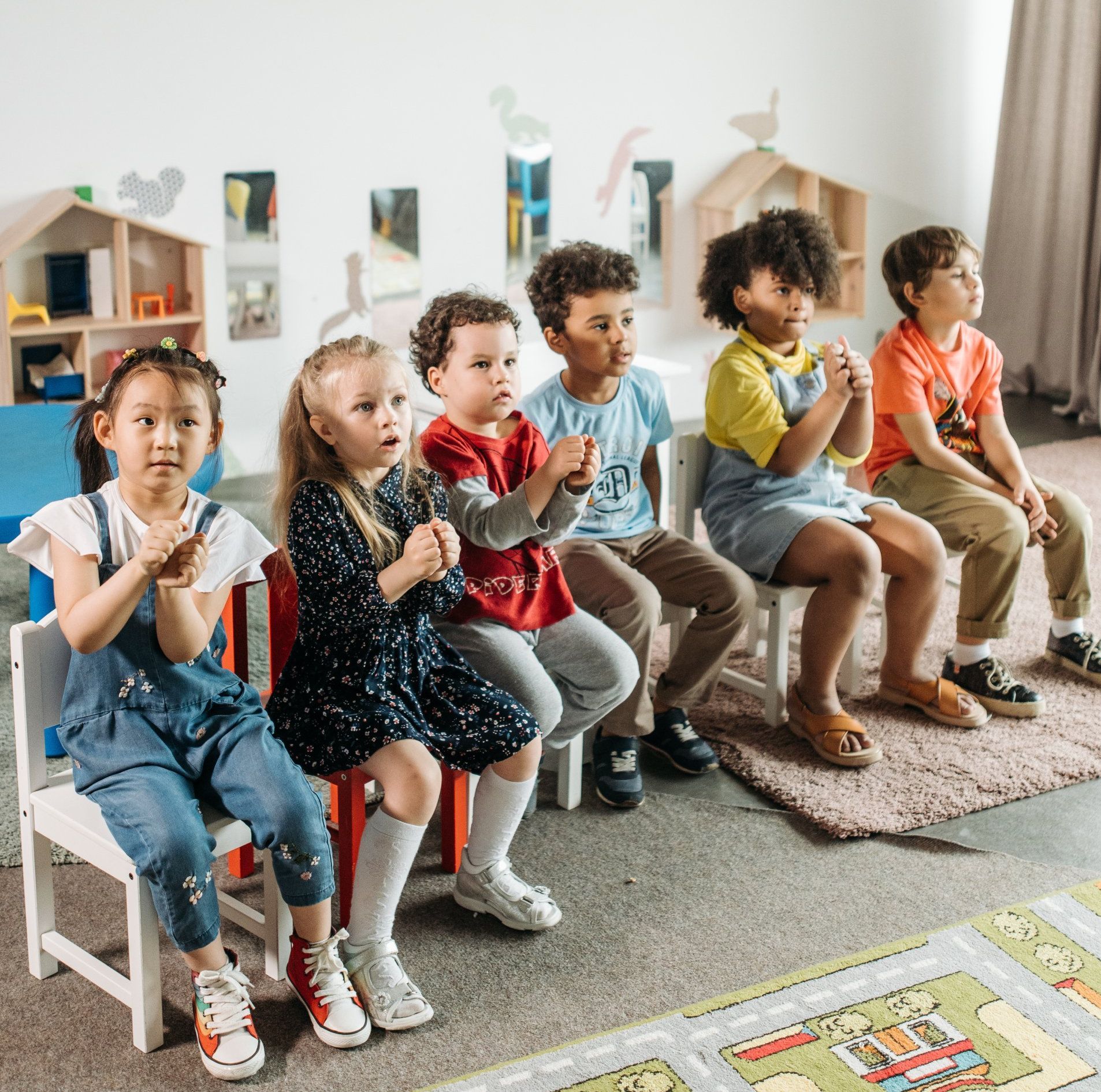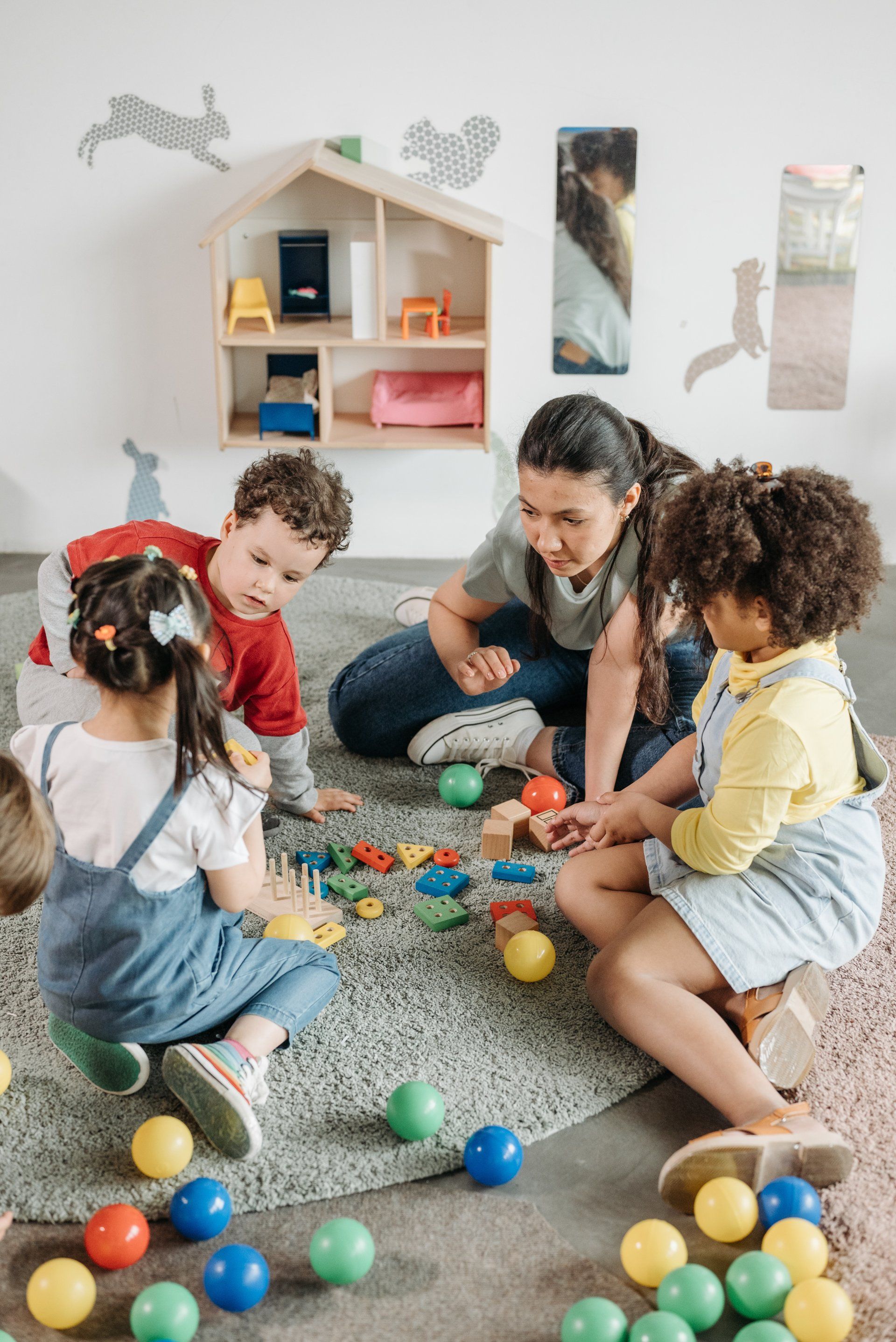Segment 3: Fostering Healthy Development and Learning

Fostering healthy development and learning is a crucial aspect of quality child care. Creating an environment that promotes physical, cognitive, emotional, and social growth sets the foundation for a child's lifelong learning journey. Here are key strategies to promote healthy development and learning in child care settings:
1. Age-Appropriate Activities and Play-Based Learning:
- Provide a range of age-appropriate activities that encourage exploration and curiosity.
- Incorporate play-based learning, as play is essential for children's development, allowing them to learn through experimentation and imagination.
2. Language and Communication Skills:
- Engage children in conversations, storytelling, and reading activities to promote language development.
- Encourage children to express their thoughts and feelings, fostering effective communication skills.
3. Cognitive Stimulation:
- Offer stimulating experiences that promote cognitive skills, such as problem-solving, critical thinking, and decision-making.
- Use educational games and puzzles to challenge children's minds and enhance cognitive abilities.
4. Motor Skills Development:
- Provide opportunities for both fine and gross motor skill development.
- Offer activities like drawing, painting, and building with blocks to improve fine motor skills, while active play and outdoor activities support gross motor skills.
5. Social Interaction and Emotional Well-being:
- Encourage positive social interactions among children, fostering empathy, cooperation, and conflict resolution skills.
- Help children identify and manage their emotions, promoting emotional intelligence and resilience.
6. Structured Learning Experiences:
- Incorporate structured learning experiences, such as circle time, where children participate in group discussions and interactive learning activities.
- Introduce basic concepts like colors, shapes, and numbers through playful and engaging lessons.
7. Outdoor Exploration and Nature:
- Provide ample opportunities for outdoor play and exploration in natural settings.
- Nature-based activities can enhance children's creativity, observation skills, and appreciation for the environment.
8. Individualized Attention:
• Recognize and support each child's unique interests, strengths, and challenges.
• Tailor learning experiences to meet individual needs, allowing for personalized development and growth.
9. Parent Involvement:
- Encourage parent involvement in their child's learning journey.
- Share updates, progress, and opportunities for parents to participate in classroom activities or events.
10. Continuous Professional Development for Caregivers:
- Support caregivers in staying updated with best practices in early childhood education.
- Provide opportunities for professional development and training to enhance their ability to support children's development effectively.
By prioritizing these strategies, child care settings can create a nurturing and enriching environment that fosters healthy development and learning. When children feel supported, encouraged, and engaged in their learning, they develop a positive attitude towards education and a lifelong love for learning. Through these efforts, child care providers play a vital role in shaping confident, curious, and well-rounded individuals.







